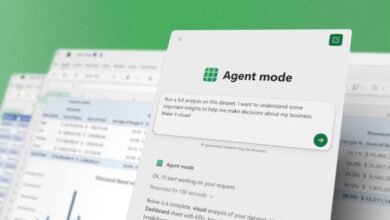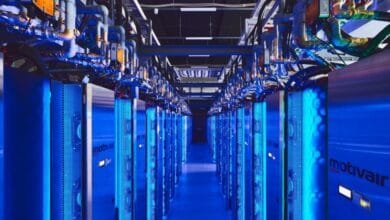Microsoft Builds In-House AI Models to Break Free from OpenAI

▼ Summary
– Microsoft has introduced two internally trained AI models, MAI-Voice-1 and MAI-1-preview, for use in its products.
– This move may reduce Microsoft’s reliance on OpenAI, despite its significant investment in that company.
– MAI-Voice-1 is a natural speech-generation model designed for high-fidelity audio in single and multi-speaker scenarios.
– MAI-1-preview is a large language model trained on 15,000 Nvidia H100 GPUs to power Microsoft’s Copilot AI chatbot.
– While Copilot has primarily used OpenAI’s models, recent tensions have arisen due to misaligned incentives or objectives.
Microsoft has unveiled a pair of proprietary AI models developed in-house, signaling a strategic shift toward greater self-reliance in artificial intelligence. This development comes amid the company’s continued partnership with OpenAI, in which it has invested heavily, yet reflects a clear intent to diversify its technological foundations and reduce external dependencies.
Among the newly introduced models is MAI-Voice-1, a sophisticated speech-generation system engineered to produce high-quality, expressive audio in both single and multi-speaker environments. Microsoft envisions voice interaction becoming a central mode of engagement with AI assistants, though widespread adoption in consumer applications remains limited so far.
The second model, MAI-1-preview, serves as a large-scale foundational language model specifically optimized to power Copilot, Microsoft’s flagship AI chatbot. Trained using approximately 15,000 Nvidia H100 GPUs, the model is capable of performing inference on just a single GPU. This represents a substantial scaling up from earlier initiatives such as Phi-3, which emphasized smaller, locally deployable models.
Until now, Copilot has largely relied on AI infrastructure provided by OpenAI. Despite Microsoft’s significant financial stake in the organization, recent months have revealed occasional friction as the two companies’ strategic priorities have not always aligned. While a complete separation appears unlikely in the near term, Microsoft’s investment in proprietary models underscores its commitment to maintaining flexibility and control over its AI roadmap.
(Source: Ars Technica)





